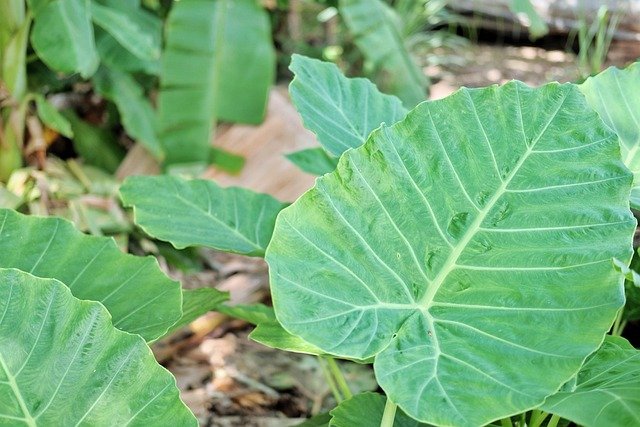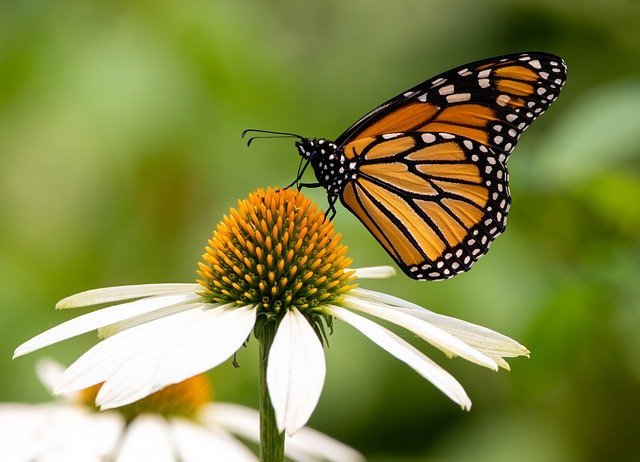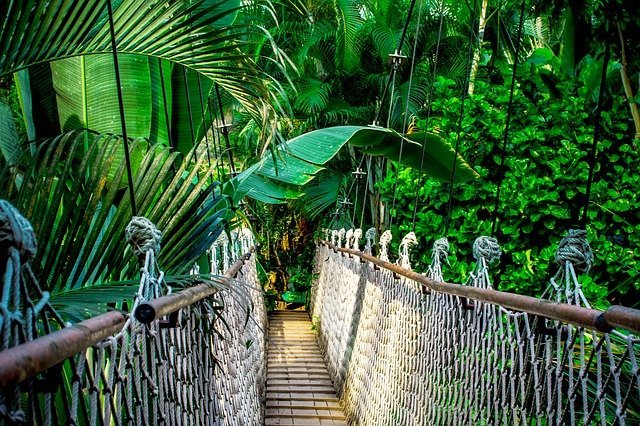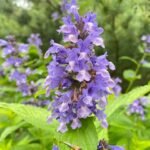Elephant ear plants add the most dramatic tropical touch to your garden. Elephant ears are here to make a bold statement by their huge deeply colored leaves and contrasting vein system.
The variation in colors and sizes makes them easy to use as ground covers or background plants. You can also use this plant for edging, especially along the walkway or around ponds. The addition of an accent to any place by elephant ears is the highlight of all of its uses.
How to grow elephant ear plants in the garden?

For growing elephant ears outdoors, you must consider some preliminary requirements of these equatorial plants, which include:
● Sunlight
Elephant ears prefer full sunlight that they receive indirectly because direct sunlight can burn their leaves. Be aware that the leaves change color to yellow if they receive insufficient sunlight. Some plant hybrids also prefer partial sun or shade.
● Wind
If you are planting a new sprout or bulb, steer clear of windy areas in your garden as rapid wind currents can destroy the leaves
● Soil composition
Make sure the soil of your lawn is rich in nutrients. Elephant ears grow well in rich organic soil that has all the vital nutrients for growth
● Moisture
This is an important point to consider. You must choose a well-hydrated soil for growing elephant ears. They prefer moist conditions, however, avoid areas with standing water for their plantation as only a few varieties can grow in such conditions.
● Temperature
You should only plant elephant ears after the winter has passed as they are frost-sensitive. There is a high risk of damage to the tuber in low temperatures.
Things to remeber befor planting elephant ear plants?
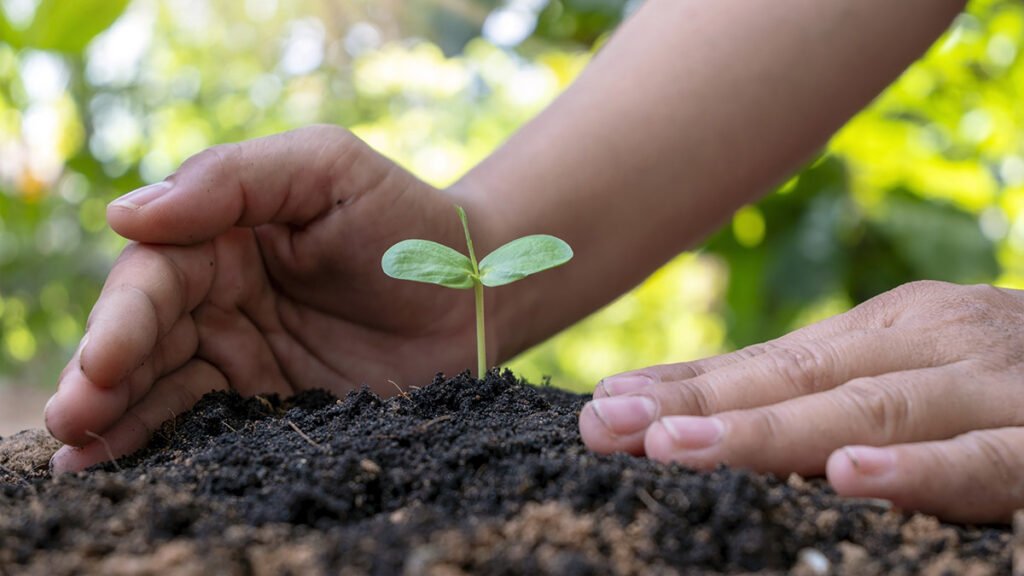
Once you have decided on a place that meets the requisites of their proliferation, do the following steps:
● Prepare the soil bed for planting elephant ears by turning the soil upside down to an approximate length of 8 inches. This ensures the proper distribution of nutrients and aeration of the soil.
● Level the prepared bed with the help of a rake to remove embedded stones and grass
● After this, dig 4 inches deeper than the soil line and place the tuber in it. Make sure that the top of the tuber is at least 2 to 4 inches below the ground. Then cover it with soil.
● There should be at least a distance of 2 to 4 feet between tubers planted in the same region.
How to grow elephant ear plants in containers?
Despite the huge size, you can grow different elephant plants in containers if you fulfill their requirements such as rich soil, appropriate size container, and ample sunlight exposure. Since different types of elephant ear plants require different amounts of space, you need to consider the variety you are willing to grow before buying the right container.
Since bigger pots allow optimal space for the growth of roots, we recommend that you go for large containers. It will also save you money on buying bigger pots as the plants grow.
● If you are going for Colocasia species, choose containers that are at least 18 inches wide and 16 inches deep for improved development.
● Alocasia species or upright elephant ear plants, on the other hand, need larger pots than Colocasias, i.e., at least 36 inches wide.
● If you are planning to gradually size up your container, go for a pot that is approximately 2 to 3 inches bigger than the garden nursery.
● It is ideal if you go for a pot that is not made of porous material. You can go for non-porous pots made of fiberglass, plastic or glazed clay. Such containers do not let water seep through them.
● Select a container that has appropriate drainage holes so that water is not standing in the pot. Remember elephant ears have an affinity to moist soil, they are damaged in standing water (except a few varieties)
● Make sure to add compost to the commercial potting mix to enrich it further. This step will aid further in water retention in soil
How to take care of elephant ear plants?
Elephant ears are comparatively hardy plants. They can tolerate a wide range of temperatures without any damage. There are, however, certain features you must take into account regardless of the site of the plantation i.e., indoors or outdoors.
To take care of elephant ears planted outdoors, it is essential that
● The soil is warm when planting the tubers i.e. approximately above 70 degrees throughout the day. Elephant ears are sensitive to low temperatures and will not germinate until the temperature is warm.
● The soil should not be acidic. The pH of the soil should be neutral or slightly alkaline.
● Add a layer of compost to the soil after planting the tuber to enhance the chances of germination. Compost is a nutrient-rich organic matter that has an ideal pH and serves in boosting the growth and development of the seedling and newly sprouted plant.
● If compost is not available, spread 1-2 inches of mulch on the site where you planted the seed. This will gradually be broken down by microorganisms in soil into accessible nutrients.
● You can also add slow-releasing fertilizers at the start of the spring season to boost their growth.
● Always perform soil tests before the next season to check the amendments needed for best growth.
● Planting the tubers indoors in 6-inch pots for 6 to 8 weeks is far better than planting them directly in the soil. This increases the chances of successful germination because the conditions are more controlled here. Always mix good quality potting soil and seed starting soil for improved development. Also, consider placing a heating mat under the pot as the plants prefer warm soil.
● Always overwinter the plants during the cold season.
To take care of elephant ear plants indoors, you must
● Consider investing in a premium quality container that retains moisture and has a reasonable drainage system. Go for large pots as they have ample space for the growth of roots.
● Place them in the direction of sunlight so that they do proliferate rapidly.
● Remember to add compost to indoor plants too as it not only provides nutrition but also helps the soil in holding more water. This step will flourish the growth of your plant.
● Fertilize the indoor elephant ear plants once a month, as per instructions on the packet, as they are heavy feeders. Malnourished soil will hamper the plant’s growth.
● If possible, add a slow-releasing fertilizer at the start of the season so that the plants have all the vital nutrients throughout the season.
● Try adding a source of humidity in your homes to replicate the tropical climate which is hot and humid. You can buy a humidifier or mist for your plant to increase the humidity level of air inside your home.
● Always overwinter the indoor plants.
How to winterize elephant ear plants?
Being native to tropical regions, elephant ears are not able to tolerate low-temperature conditions. It is necessary to winterize elephant ear plants to prevent irreversible damage to the tuber, the base of the plant.
Winterizing elephant ear plants requires careful inspection of the changing temperature. Once fall season arrives, you should winterize your elephant plants whether they are placed outdoors or indoors.
For winterizing outdoor elephant ear plants:
● Completely cut the foliage to within 4 to 5 inches from the ground level. This should be done after a few days of the first frost.
● Now carefully remove the plants from the soil by digging up with a spade or garden fork(potato fork).
● Dry the structure for a day so that all its outward moisture is removed. This is important because the presence of water on the outer layer will increase the chances of fungal infection.
● You can now store the base in vermiculite or peat moss within your house at the coldest place such as the basement or crawlspace so that they remain dormant. The storage space should be dry, with ideally a temperature of 45 to 55 degrees.
● If you want to protect the plants from winter outdoors, cover the base of the plant with 4 to 12 inches of mulch.
For winterizing elephant ear plants in pots, you can simply move them to a cooler space such as a basement or porch.
Frequently asked questions regarding problems with elephant ear plants:
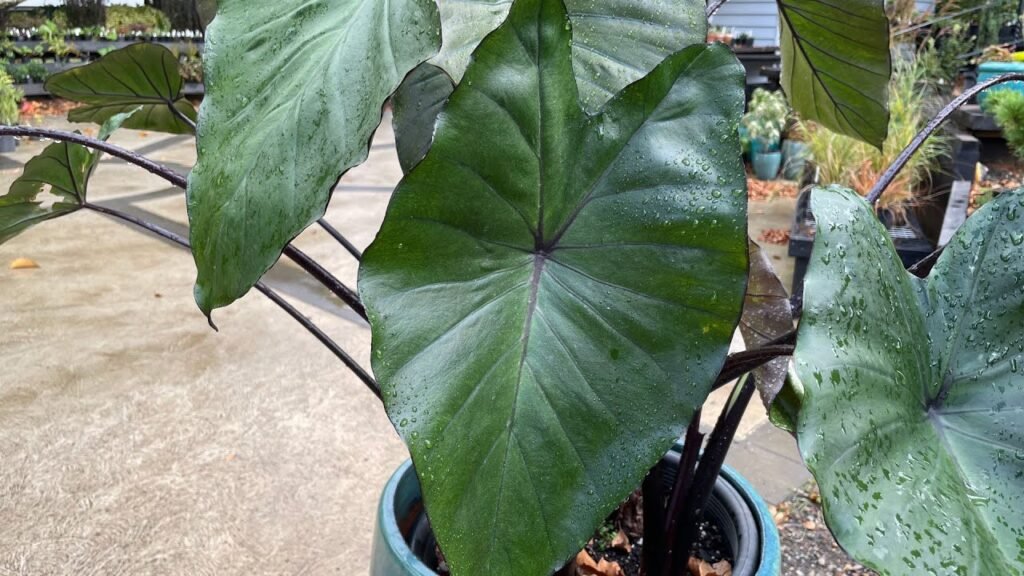
Are elephant ear plants poisonous?
Yes, elephant ear plants are poisonous. This is because they are coated with Calcium oxalate raphides on the exterior. Calcium oxalate poisoning causes swelling, skin irritation, and serious damage to the renal function of kidneys. There are 2 types of elephant ear poisoning
● topical poisoning(when the skin comes in contact with the irritant) and
● oral poisoning (when the plant leaves are ingested).
You should be very thoughtful in selecting the place for planting elephant ears as they can be toxic.
Are elephant ears poisonous to dogs?
Yes, elephant ears are poisonous to dogs. Elephant ear plant consumption by dogs can be fatal if the leaves are eaten in large amounts. The immediate symptoms of elephant ear poisoning include pawing at face and mouth, increased foaming, vomiting, and excessive drooling. Take your dog to a vet immediately if it occurs.
Are elephant ear plants poisonous to cats?
Yes, elephant ear plants are poisonous to cats too. The symptoms include swollen tongue and lips, vomiting, diarrhea, dyspnea, and seizures. You must take your cat to the vet at once if the symptoms start to show. Elephant ear plant poisoning can cause irreversible damage to organs.
Are elephant ear plants poisonous to humans?
The sharp calcium oxalate crystals on elephant ear plants render them poisonous to humans. However, oral oxalate poisoning rarely occurs because the unbearable taste of the leaves makes it hard to swallow a significant amount (you will feel like you are chewing ground glass particles). Contact with the mouth can cause irritation which results in intense pain, difficulty swallowing, swelling, and temporary hoarseness of voice.
The plant’s contact with skin also causes pain and swelling, therefore it is advised to wear gloves when working with elephant ears. You should also be cautious of placing up.
Why are the leaves of elephant ears turning brown?
There are two primary reasons for this
● Excessive watering
● Cold temperature
Contrary to moist soil, soggy or wet soil can cause the browning of leaves. Make sure the temperature is also 15°C or higher.
Why are elephant ear leaves turning pale or brown at certain patches?
This occurs when the elephant ear plants are exposed to excessive sunlight directly. Besides this, changing the place of the elephant ear from a relatively dark area to a better-lit spot also results in brown patches on leaves.
Why are the leaves of my elephant ear plant dry and crispy?
Low humid conditions increase the chances of dry elephant ear plant leaves. You should adjust the humidity level inside your home to solve this issue. This can be done by purchasing a mist or humidifier for your home. Remember, elephant ear plants belong to tropical regions. They thrive when provided with hot and humid conditions to grow.
What is the reason behind the crowning and stem or root rot of my elephant ears?
If the leaves of your elephant ear have brown or black holes with yellowish rims, it indicates that your plant is infected. Treat the infected area with fungicide and keep the plant dry and in a well-aerated space. The risk of such infection increases when you overwater elephant ear plants.
How to prevent pest invasion at elephant ear plants?
For pest control, spray warm soapy water on the leaves of elephant ears every 2 to 3 weeks. This will keep them free of dust and prevent pests such as spiders, aphids, mealybugs, and scale. If your plant is already infected with pests, apply Neem oil(an insecticide) to kill the pests and destroy their eggs.

